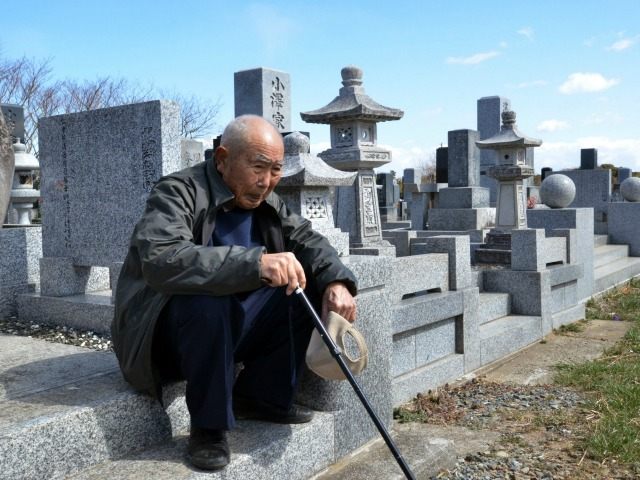Demographics can be a very uncomfortable subject. It is difficult to discuss the prospect of a culture dying out because it is not having enough children, or tell the people involved they need to start breeding more vigorously if they want to avoid a social catastrophe. But that is the situation confronting Japan, whose demographic decline has grown so pronounced that large-scale immigration may be on the table, after generations of resistance.
The numbers presented by Japan Times are stark:
Prime Minister Shinzo Abe in September announced administrative measures seeking to maintain a population of at least 100 million people over the next 50 years with a target of significantly raising the fertility rate to 1.8 — a figure the government says is reachable if people today marry and have as many children as they wish.
The government worries that if the fertility rate — 1.42 in 2014 — continues to remain low, the population will dip to about 80 million by 2065 and even 40 million by 2115, causing a significant labor shortage and decline in people’s standard of living due to reduced economies of scale.
However, considering the difficulty of meeting the population target by only raising the fertility rate, the government has also been discussing accepting more immigrants. In February 2014, the Cabinet Office revealed that Japan will likely only be able to maintain a population of more than 100 million if it accepts 200,000 immigrants annually from 2015 and the total fertility rate recovers to 2.07 by 2030.
The first sign of demographic crisis is the “graying” of the population, particularly when young workers are expected to finance benefits for elderly retirees. Workforce shortages have also plagued Japan, and some say it is impossible to make up the shortfall by beefing up the guest-worker program.
It is further noted that some of those guest workers are needed for such long tenures that they become de facto immigrants. Demographic researcher Eriko Suzuki, who believes the government’s population targets are impossible to meet without immigration, told the Japan Times that some guest-worker programs were abused to import foreign labor at prices below the minimum wage, and the temporary hires were made to work in conditions Japanese citizens find unacceptable, depressing the wage base and sending rural Japanese youth to the cities in search of better employment.
Suzuki also worried that as the economic gap narrows between Japan and sources of prospective immigration – such as China, where the largest share of Japan’s guest workers come from – it will be more difficult for the Japanese to lure either guest workers or permanent immigrants. Japanese politician Yoichi Kaneko adds that the shabby treatment of guest workers may discourage future applicants, noting that better salaries are already available in places like Singapore, Hong Kong, and Shanghai.
Others quoted in the article worry that filling up Japan’s empty acres with non-Japanese is not quite the same thing as reversing the Japanese demographic death spiral, looking with trepidation at the assimilation problems facing nations with high immigration levels. Familiar-sounding concerns about corporate interests importing cheap labor and dumping the social costs on Japanese taxpayers are expressed.
And yes, because this is Japan, there is talk of filling the population gap with robots. Kaneko mentions the idea of caring for the sick and elderly by enhancing nursing home staff with robot assistants.
In a May 2015 article, The National Interest described demographics as a “time bomb crippling Japan’s economy,” noting that it currently averages less than three people of working age for each retiree… and by 2030, it will have less than two. Much of Japan’s long economic slowdown is attributed to population collapse.
The National Interest bluntly dismissed immigration as a comprehensive solution due to Japan’s “xenophobic culture,” a problem delicately alluded to in Japan Times by discussing the need to lower the “sentimental barrier” against permanent non-Japanese residents.
The more popular solution to Japan’s economic woes – now that Prime Minister Shinzo Abe’s flirtation with monetary stimulus, make-work infrastructure programs, and deficit spending has come to nothing – involves raising the retirement age and encouraging more Japanese women to join the workforce. A November 2014 Fortune article cited Carl Weinberg of High Frequency Economics demonstrating that such techniques will be insufficient to do more than stave off an outright depression in Japan for a little longer, declaring that “Japan needs more people and less debt.”
If that is the case, then Japan must ask if reversing a demographic collapse like the one it has suffered over the past few decades is possible without large-scale immigration. Has any society ever recovered from a 1.4 fertility rate, especially a technologically advanced society with a heavy inter-generational social services burden? Does a modern secular government have any effective means of telling a decaying population to get busy with courtship, marriage, and baby-making before it’s too late?

COMMENTS
Please let us know if you're having issues with commenting.